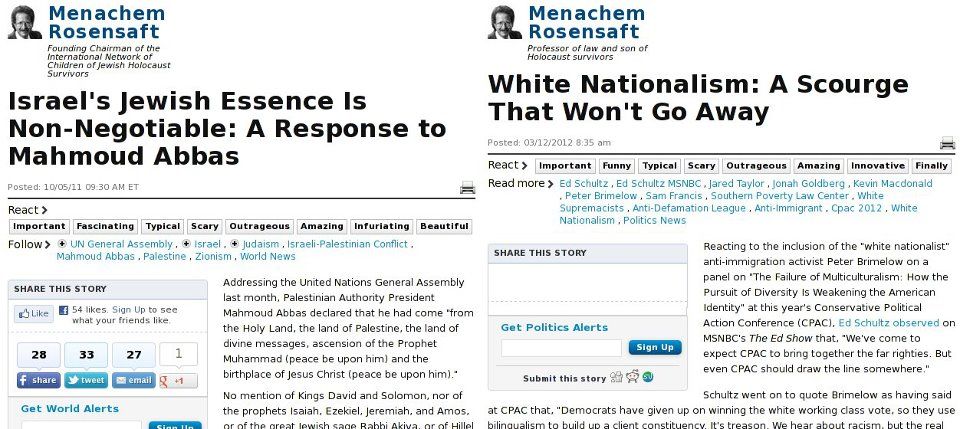
Paul Craig Roberts made an intriguing reference the other day. He wrote that “a noted philosopher wrote an article in which he suggested that Americans live in an artificial or virtual reality. Another noted philosopher said that he thought there was a 25% chance that the philosopher was right. I am convinced that he is right. Americans live in the Matrix. Nothing that they know or think that they know is correct.” I agree.
The media, of course, is a constituent part of that Matrix, and I am particularly interested in the Hollywood branch of the media. Needless to say, most TOO readers are probably aware of Hollywood’s pronounced anti-White, anti-Christian bias and are clued in to the ways they subvert traditional White Christian culture.
One of my favorite essays unpacking Hollywood’s subversion has always been Kevin Beary’s “Adorno’s Bastards: Pleasantville and the Frankfurt School,” which parses the storyline of the anti-White film Pleasantville. Unfortunately, Beary’s colorful site with film stills has disappeared, leaving only this truncated version on another site.
Readers know I have done readings of many films and may also know that I’ve written quite a bit about Jewish involvement in finance and deception in that field (see here, here, and here). Today I’d like to write a review of a movie that encompasses both.
J.C. Chandor’s 2011 film Margin Call tells a story that loosely mirrors the fall of Wall Street giant Lehman Brothers. Even for Hollywood, however, the deception in this movie is staggering, and it occurs on many levels. It terrifies me to think that the masses will swallow this tale, particularly the images that will have such a powerful subliminal impact. Read more








